Share
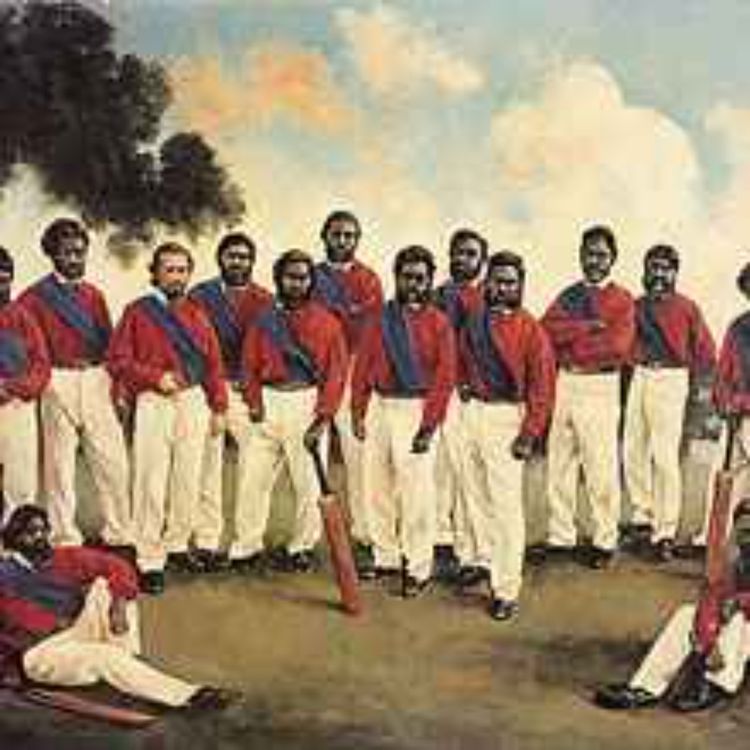
A Flash Outside The Off Stump
A Flash Outside the Off Stump
Season 1, Ep. 5
•
The Aborigine cricket team remained in England from mid-May to mid-October on a punishing schedule that saw them play 47 matches, most of them two day games followed by a further day of athletics which included displays of Aboriginal hunting and fighting skills.
More episodes
View all episodes

14. A Flash Outside the Off Stump
41:06||Season 1, Ep. 141911 was a pivotal year in Indian cricket as it marked the first time that a truly representative India side toured abroad. This episode tells the story of that tour and of the remarkable man who was India’s best player of the tour, Palwankar Baloo. As an untouchable, Baloo’s struggle for recognition in the game had wide social implications at a time when India was trying to forge a national identity. By coincidence, 1911 was also the year in which the Indian national anthem, Jana Gana Mana, was composed. This episode looks at how cricket and the anthem became two pillars of Indian identity.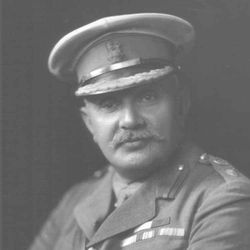
13. A Flash Outside the Off Stump
18:30||Season 1, Ep. 13Newly installed as Jam Saheb of Nawanagar, Ranjitsinhji had hoped to find his troubles behind him, but he was to find himself in the wars both figuratively and literally. This episode tells of his off-field financial woes in the years leading up to the 1st World War, his service in the war, how an act of bravery in Yorkshire was to result in tragedy for the great batsman.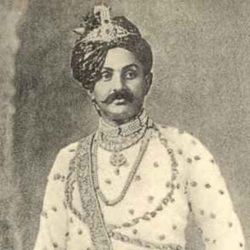
12. A Flash Outside the Off Stump
19:59||Season 1, Ep. 12Ranji was still capable of playing as well as ever in the years 1901 to 1904 but his form became erratic as outside influences caught up with him. He was dogged by money worries and was increasingly drawn in to intrigues about the Nawanagar succession. His England career ignobly petered out although he was still able to excite crowds with his displays of batting prowess but events off the field were catching up with him.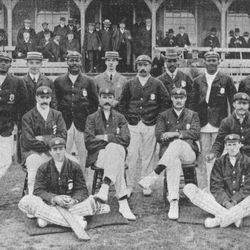
11. A Flash Outside the Off Stump
19:33||Season 1, Ep. 11The story behind the first West Indies tour to England in 1900. Cricket had been played in the Caribbean for many years and in the second half of the 19th century inter-colonial matches began to be played between the various British colonies. The 1890s saw three visits by English touring sides which triggered the creation of a representative XI for the combined West Indies, but the different levels of racial integration evident in the cricket in the various colonies meant that the selection of players was to be a controversial issue. Eventually the West Indies sent a party of 15 comprised of 10 white and 5 black players including Lebrun Constantine, father of Learie, and Charles Ollivierre who stayed behind after the tour to become a stalwart of the Derbyshire side and the first Afro-Caribbean player in county cricket.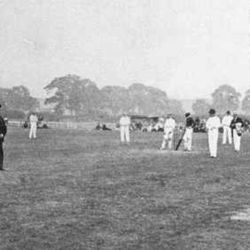
10. A Flash Outside the Off Stump
14:00||Season 1, Ep. 10As the nineteenth century drew to a close Ranji enjoyed a successful domestic season in which he consolidated his position as Sussex captain and the leading batsman in county cricket. Times were changing, on the field and off it, and this episode takes a brief look at the experiences of players like Hampshire’s Charlie Llewellyn and Derbyshire’s Charles Ollivierre (pictured) and British attitudes towards people of other races at the end of the Victorian era.
9. A Flash Outside the Off Stump
17:37||Season 1, Ep. 9As one of the leading run scorers in English county cricket, Ranji’s selection to play for England against Australia came as no surprise, but some voices were opposed to his inclusion in the team. Ostensibly this was because he was born overseas, but when it emerged that many England players had been born in the colonies and many Australian players had been born in England, it became clear that it was race rather than place of birth that was the real issue. Nevertheless, Ranji’s supporters prevailed and his contributions to England’s performances in the 1890s were widely acclaimed. Soon he was a mainstay of the English test team both at home and on tour.
8. A Flash Outside the Off Stump
16:27||Season 1, Ep. 8Ranjitsinhji was born in Sarodar, Gujarat in 1872 and might well have been destined for a life of obscurity as a local landowner had he not been adopted as the heir to the Jam Sahib of Nawanagar at the age of six. As the future ruler of an Indian princely state he was sent away for an English style public school education to Rajkumar College, a boarding school for the sons of maharajahs where he was introduced to “manly English sports” including cricket.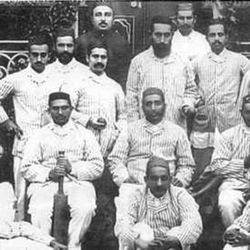
7. A Flash Outside the Off Stump
16:46||Season 1, Ep. 7The team which arrived in England in May 1886 was not the Parsees’ best having been largely selected on the basis of who could afford to pay his own way rather than cricketing merit alone. Robert Henderson’s friend the Surrey secretary and former England centre-forward Charles Alcock had arranged a packed programme for them which kept them playing on most days between the last week in May and the first week in August on an itinerary which started in Sussex and took them as far north as Edinburgh. All told there were to play twenty-eight matches, winning just one, drawing eight and losing the other nineteen.
6. A Flash Outside the Off Stump
16:09||Season 1, Ep. 6This episode tells the story of how India’s rise as a cricketing nation was linked to a dynastic union between the English and Portugues royal families and reveals how the Parsi community of Bombay began playing cricket in the 1830s. We take a look at the earliest Indian cricket clubs and their struggles to be taken seriously as cricketers by the British and to find space to practice and play.